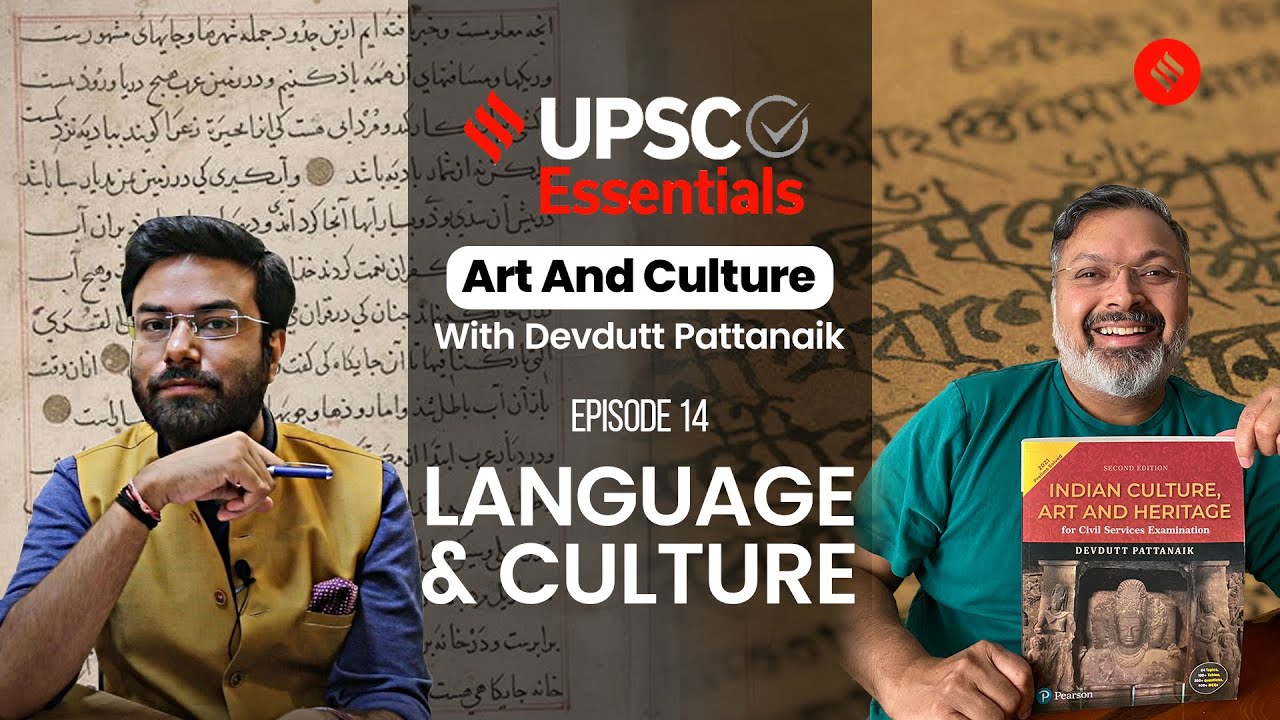LANGUAGE UNIVERSALS
Summary
TLDRThis discussion delves into language universals, exploring their significance in understanding the commonalities across diverse languages. It covers semantic universals and their application in pronoun systems, emphasizing the universal rules governing language structure despite linguistic variety. Examples from various languages illustrate the concepts, highlighting the importance of recognizing both the unique characteristics and shared principles that define human communication.
Takeaways
- 🌐 Language universals are principles that govern all languages, highlighting the commonalities across diverse linguistic structures.
- 🔍 The world's languages, despite their structural diversity, follow universal patterns in phonology, morphology, syntax, and semantics.
- 🗣️ Basic sentence structures like SVO (Subject-Verb-Object) are common across languages like French, Italian, and English.
- 🔄 Language universals help in understanding the brain's language processing and the principles of interpersonal communication.
- 🏷️ Semantic universals focus on the composition of vocabulary and the fundamental areas of vocabulary that are subject to universal rules.
- 🌈 Examples of basic terms in semantic universals include color terms, value part terms, animal names, and verbs of sensory perception.
- 📚 Language typology involves classifying languages based on structural characteristics, independent of language families.
- 👤 Pronoun systems across languages are governed by universal rules, with variations following specific patterns such as singular, plural, dual, and trial forms.
- 🔗 The presence of inclusive and exclusive distinctions in first-person plural pronouns is a feature of some languages, reflecting cultural and social interactions.
- 🚫 Language universals also define what is impossible in language structures, such as the non-existence of certain pronoun systems that violate these universal principles.
Q & A
What are language universals?
-Language universals are principles that govern the structure of all languages, highlighting the commonalities across diverse languages. They include possible and impossible structures, aiming to formulate universal rules and patterns.
Why are language universals important?
-Language universals are important because they underscore the unity underlying the variety of languages, aiding in understanding the brain's language processing and the principles governing interpersonal communication.
What is the basic structure of the clause in French, Italian, and English?
-The basic structure of the clause in French, Italian, and English is the SVO pattern, where S stands for the subject, V for the verb, and O for the direct object.
How do Japanese and Persian languages differ in sentence structure from the SVO pattern?
-Japanese and Persian languages follow the SOV pattern, where the subject and the direct object occur before the verb, differing from the SVO pattern found in languages like English.
What is the role of language typology in understanding language universals?
-Language typology, which involves classifying languages based on their structural characteristics, is a prerequisite to studying universals. It helps in identifying common patterns and structures across different languages.
Can you provide an example of semantic universals in color terms?
-Semantic universals in color terms can be seen in the basic color term 'blue,' which is considered more basic than terms like 'turquoise' or 'royal blue' due to its simplicity and lack of modification.
What are the different types of pronoun systems governed by universal rules?
-The different types of pronoun systems include systems with singular and plural forms, systems lacking inclusive or exclusive distinctions in first person plural, systems with singular, dual, and plural forms, systems with singular, dual, trial, and plural forms, and systems with inclusive or exclusive distinction in first person plural.
How do inclusive and exclusive pronouns differ in first person plural?
-Inclusive first person plural pronouns include both the speaker and the addressee, while exclusive first person plural pronouns refer to the speaker and others but exclude the addressee.
What is the significance of the pronoun system in English in comparison to other languages?
-The pronoun system in English is one of the most restricted systems in the world, highlighting that despite differences, all languages share underlying similarities, which is the essence of language universals.
Why is it important to study the diversity of languages in terms of their typological characteristics?
-Studying the diversity of languages in terms of their typological characteristics is important to understand the range of structural possibilities in human language and to identify common heritages among language families.
Outlines

This section is available to paid users only. Please upgrade to access this part.
Upgrade NowMindmap

This section is available to paid users only. Please upgrade to access this part.
Upgrade NowKeywords

This section is available to paid users only. Please upgrade to access this part.
Upgrade NowHighlights

This section is available to paid users only. Please upgrade to access this part.
Upgrade NowTranscripts

This section is available to paid users only. Please upgrade to access this part.
Upgrade NowBrowse More Related Video

Devdutt Pattanaik On Understanding Language & Culture: Art & Culture EP14 | UPSC Essentials

De West-Germaanse en Indo-Europese taalfamilie

SEMANTICS-2: Justifying and Locating Semantics within Linguistics

Miłość od pierwszego wejrzenia w "Nad Niemnem" (Eliza Orzeszkowa)

From Suffering to Awakening: Embracing Consciousness in Virtual Worlds | Eckhart Tolle

وشتى في هذا المكان وذبح ذبيح، يا الله أُقدّم لك السّلام | الدحيح
5.0 / 5 (0 votes)